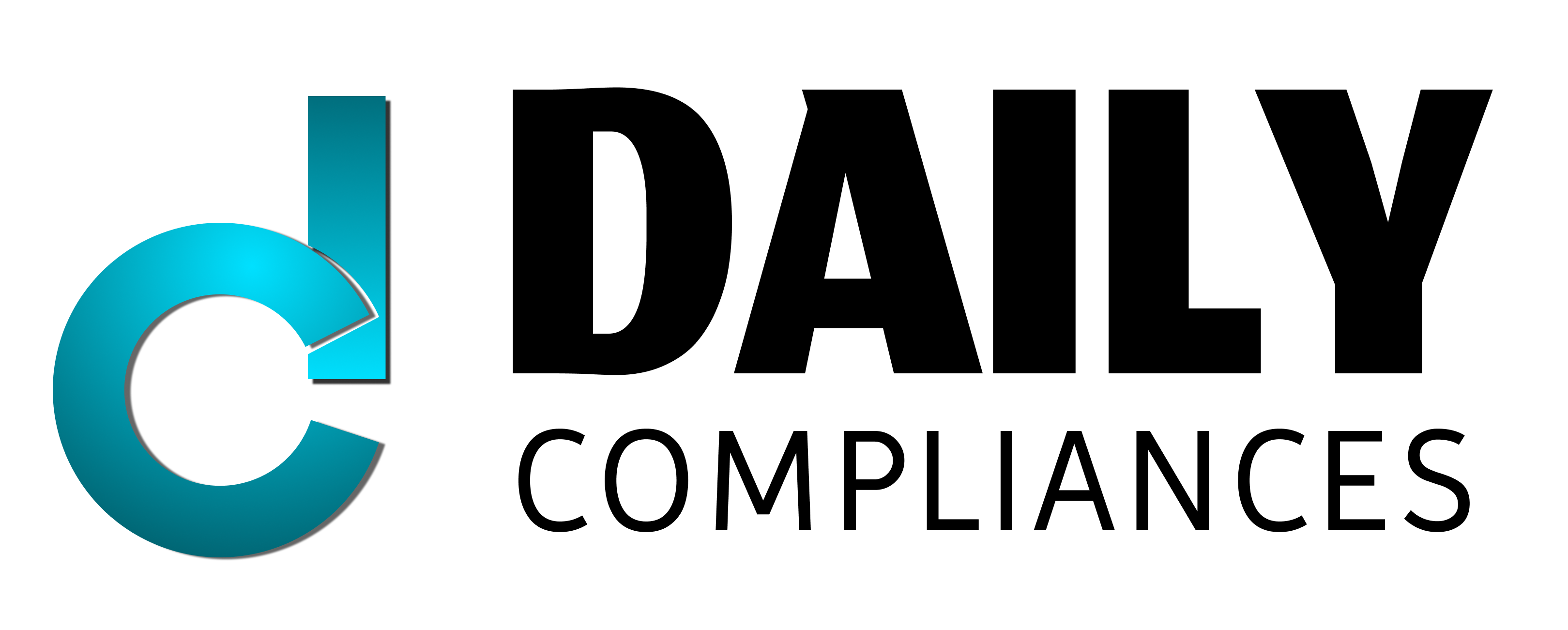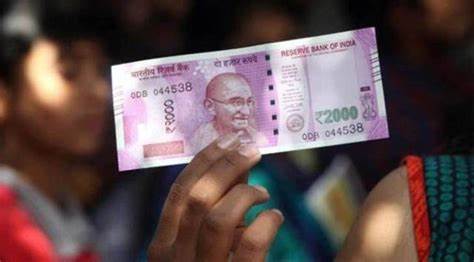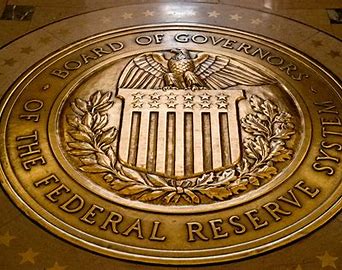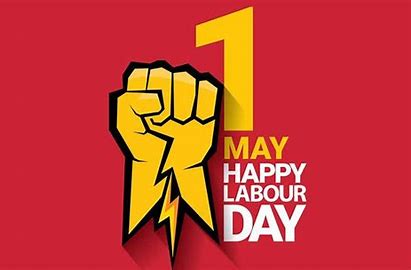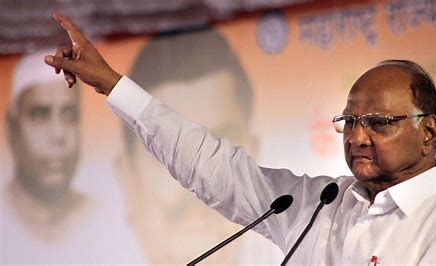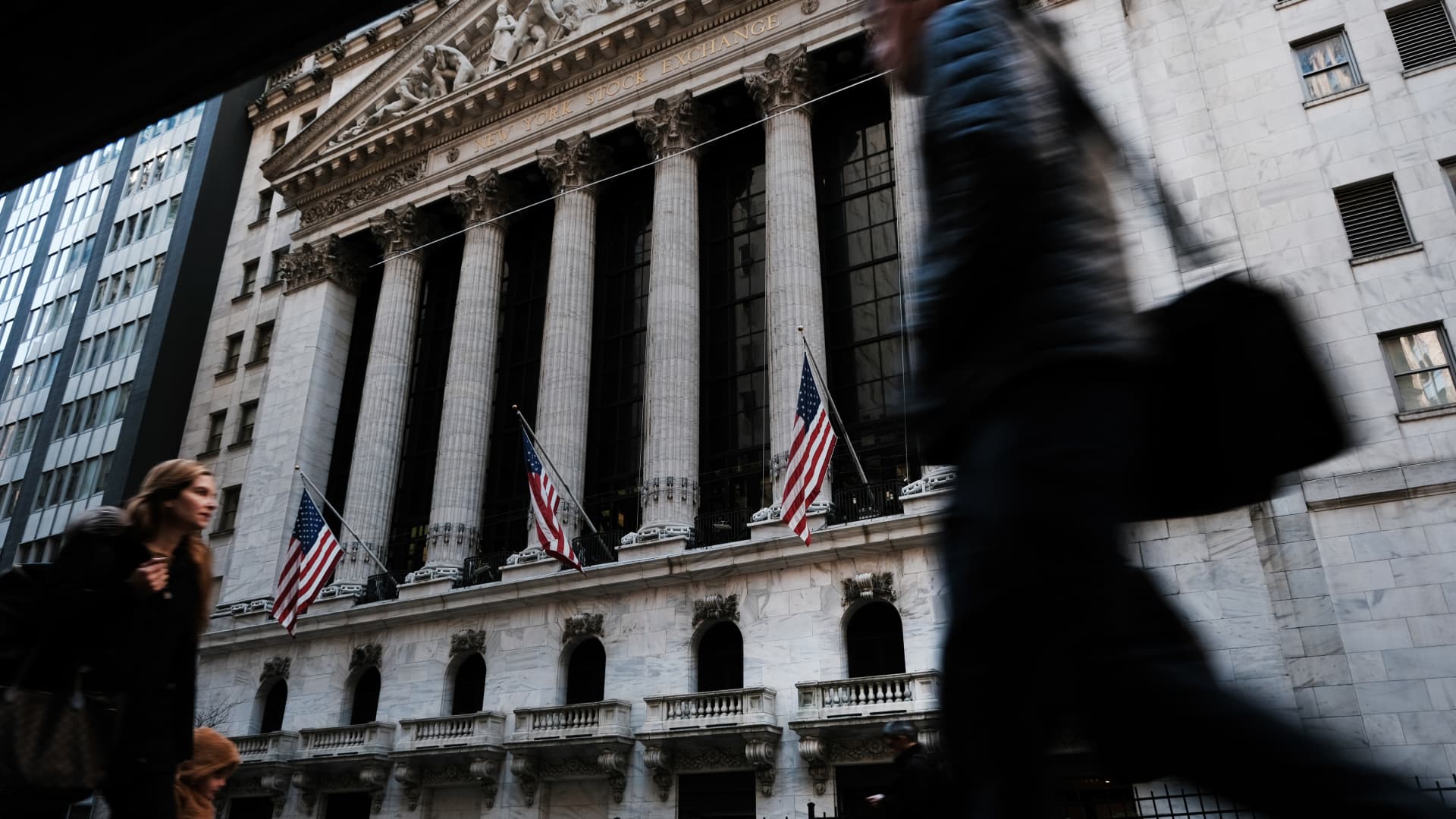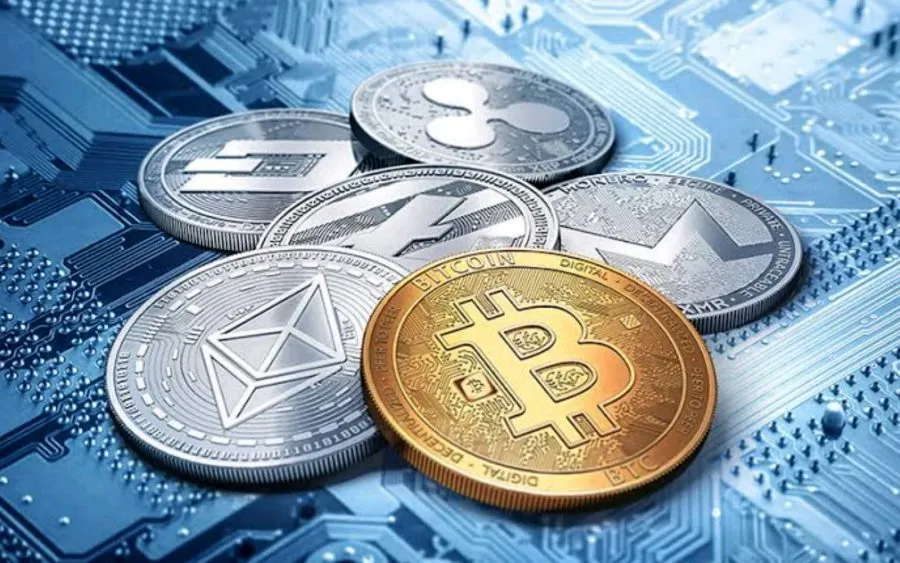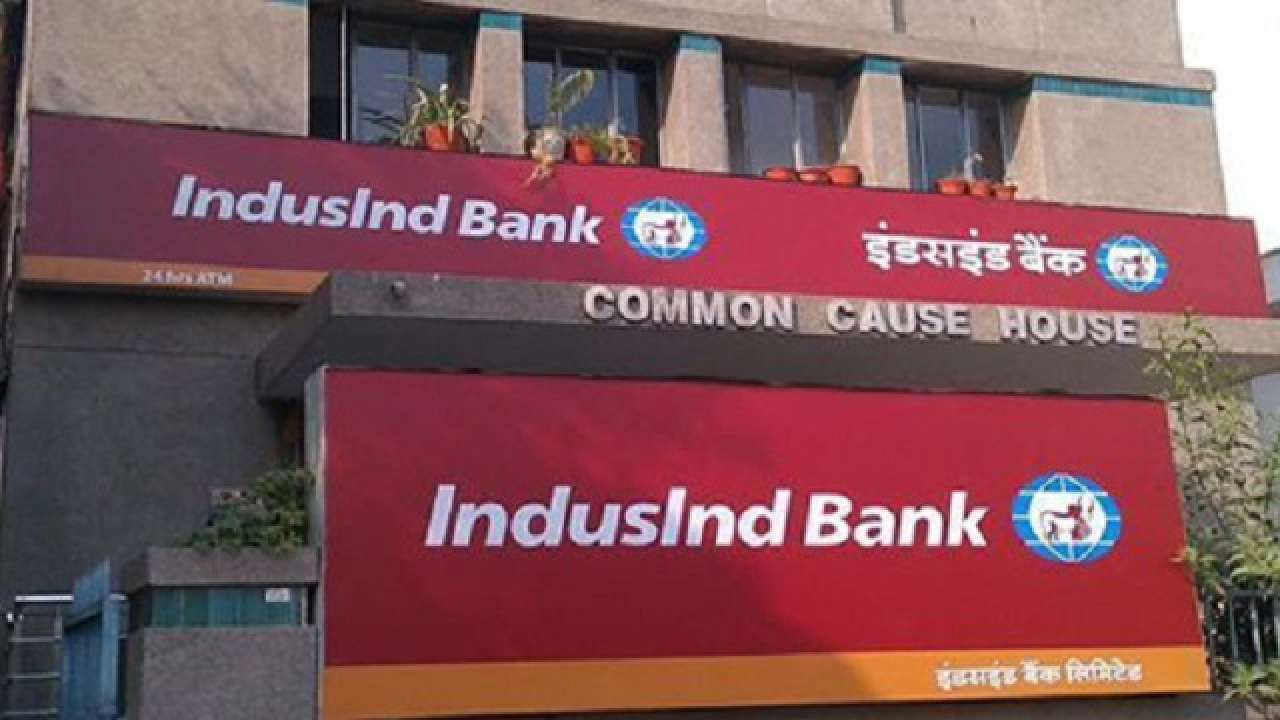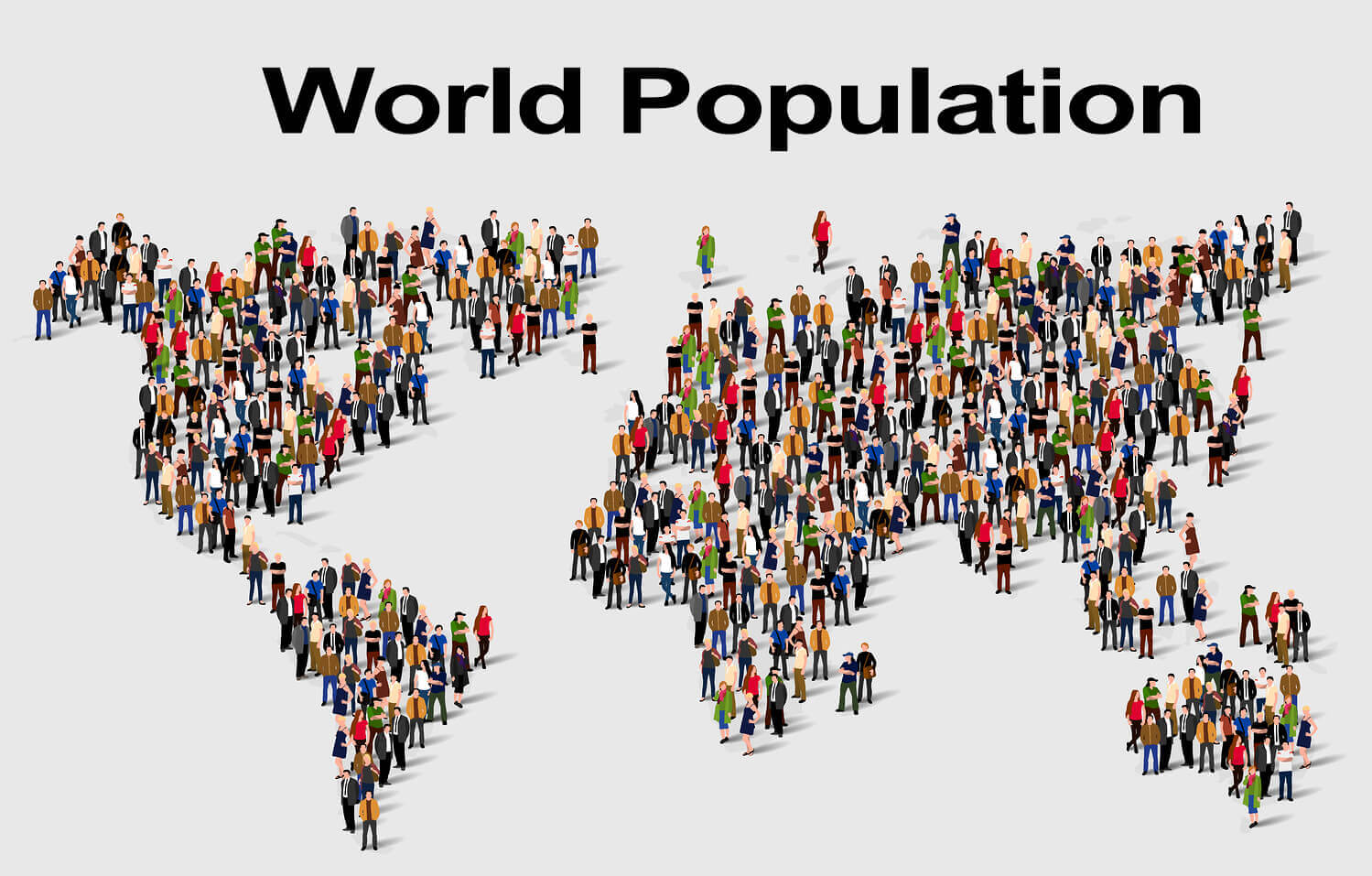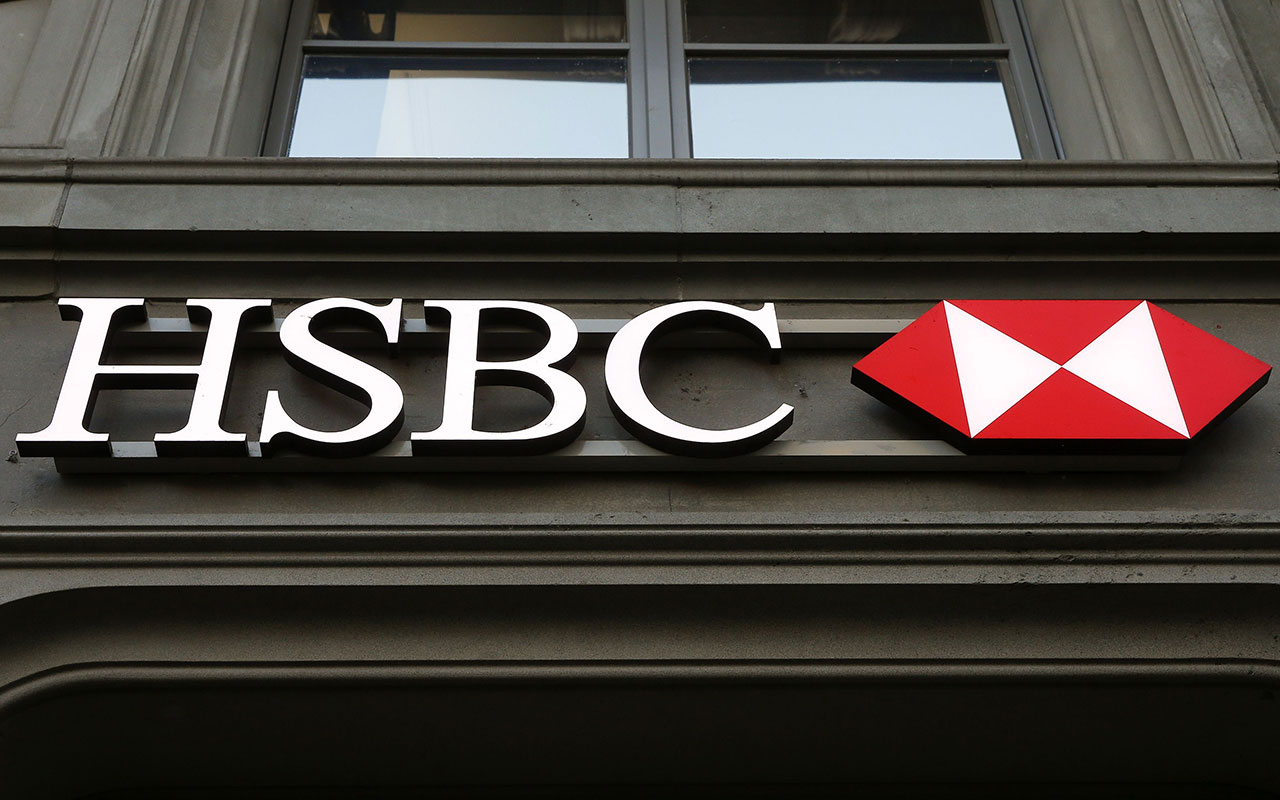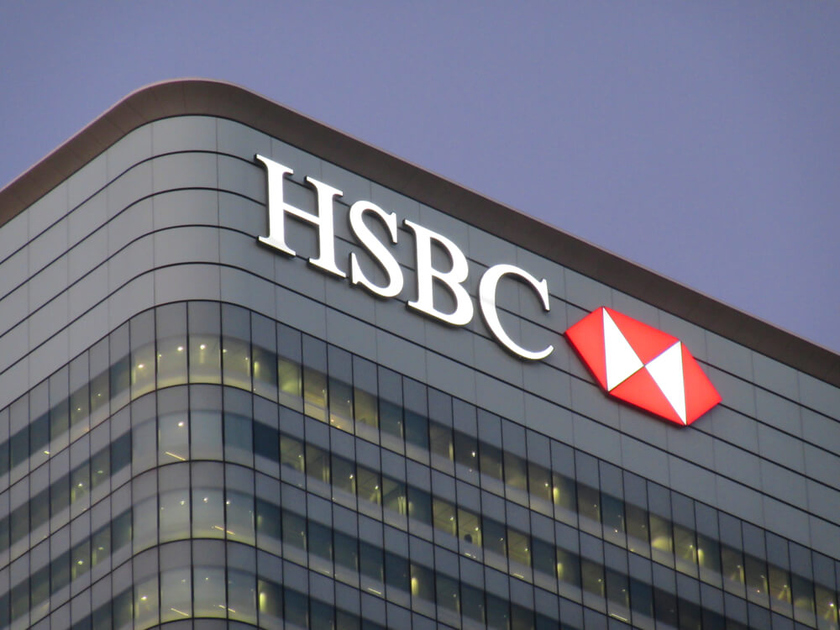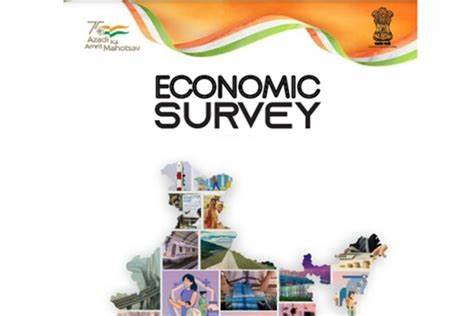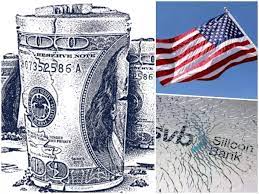
Current American Bank Crises
- Admin
The US banking system is facing a major crisis after two large banks collapsed in less than a week, triggering panic among investors and customers. The first bank to fail was Silicon Valley Bank (SVB), which specialized in lending to tech companies and startups. SVB had suffered heavy losses from selling its bond portfolio at a discount, as it faced a surge in withdrawals from its depositors who needed more cash in a higher interest rate environment. The bank run on SVB was so fast that it left the bank insolvent within 48 hours of disclosing its troubles.
The second bank to collapse was Credit Suisse, one of the largest banks in Europe and a major player in global finance. Credit Suisse had been exposed to SVB through its investment banking and wealth management divisions, and also had its own problems with its bond holdings and risky loans. The Swiss central bank tried to rescue Credit Suisse with an emergency loan, but it was not enough to stop the bleeding. Over the weekend, Credit Suisse agreed to be sold to JPMorgan Chase for a fraction of its book value, in a deal that shocked the financial world.
The failure of these two banks has raised fears of a wider contagion in the banking sector, especially among regional banks that may have similar vulnerabilities as SVB. The stock prices of many banks have plummeted, as investors worry about their solvency and liquidity. Customers have also been withdrawing their money from smaller banks and moving them to safer havens, such as money market funds or large banks with government backing.
To prevent a full-blown financial meltdown, the US government and the Federal Reserve have taken swift and unprecedented actions to support the banking system and restore confidence. The Fed has launched a massive emergency lending program that allows banks to borrow cheaply from the central bank, using their devalued bonds as collateral. The Fed has also expanded its currency swap lines with other major central banks, to ensure that there is enough US dollar liquidity in global markets. President Biden has assured Americans that their deposits are safe and insured by the Federal Deposit Insurance Corporation (FDIC), which has also increased its borrowing limit from the Treasury to deal with potential bank failures.
The current banking crisis is not over yet, and there may be more casualties along the way. However, the authorities have shown that they are willing and able to intervene decisively to prevent a systemic collapse. The challenge now is to address the underlying causes of the crisis, such as excessive leverage, poor risk management, and regulatory gaps, and to reform the banking system for a more stable and resilient future.
